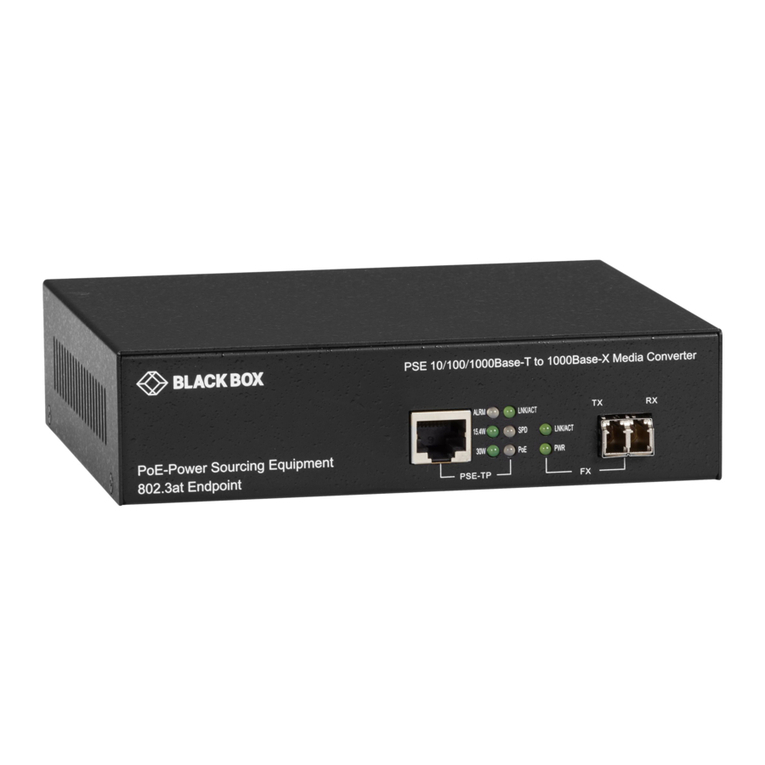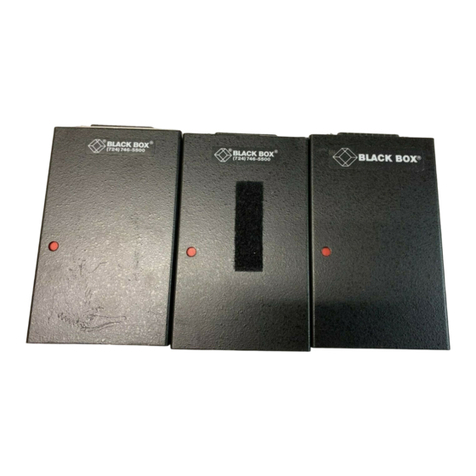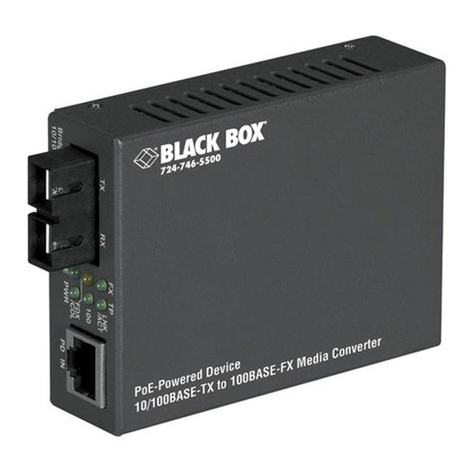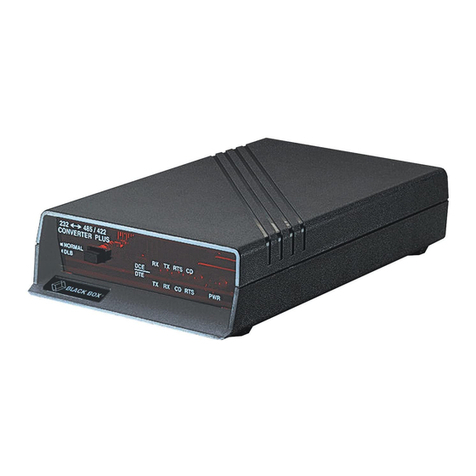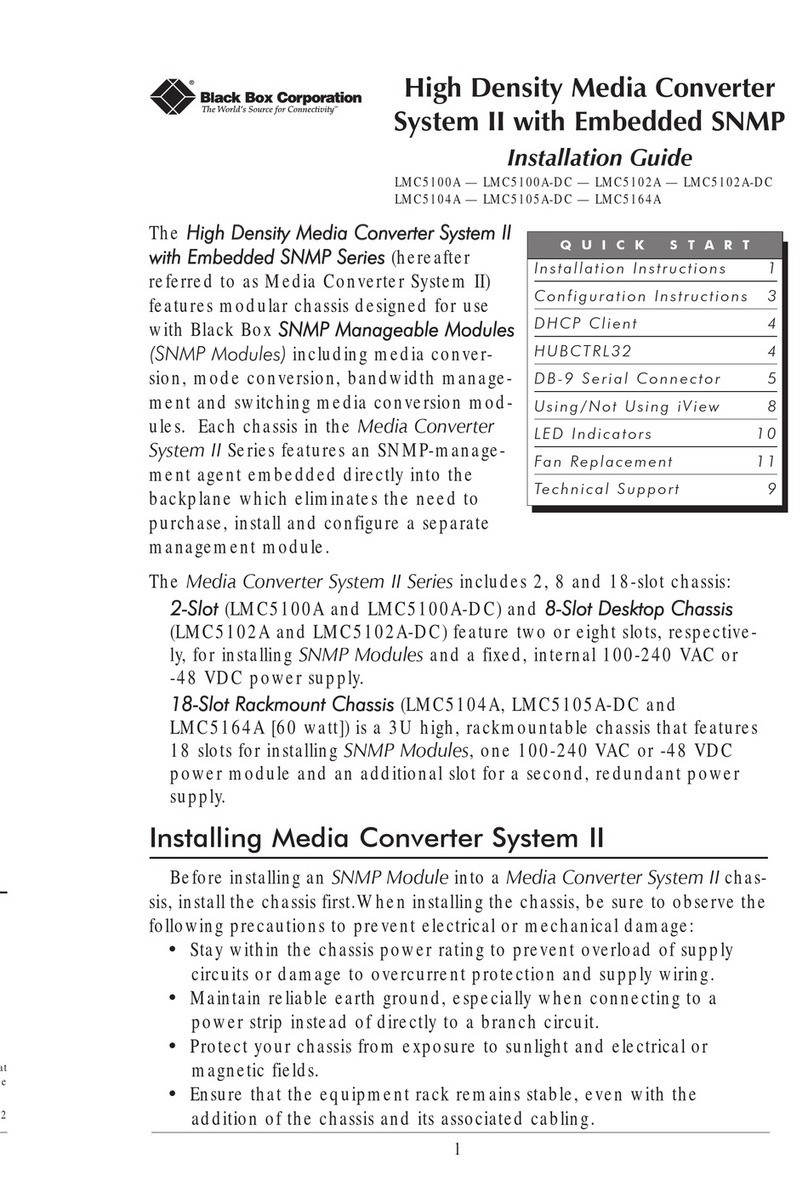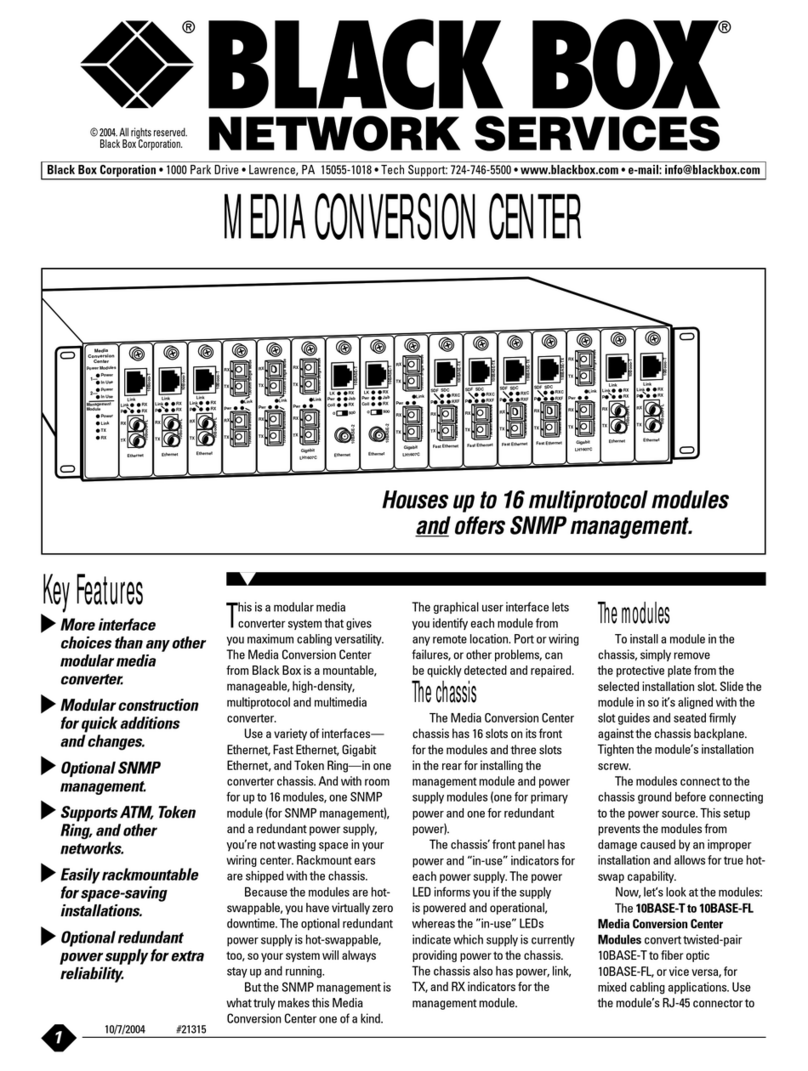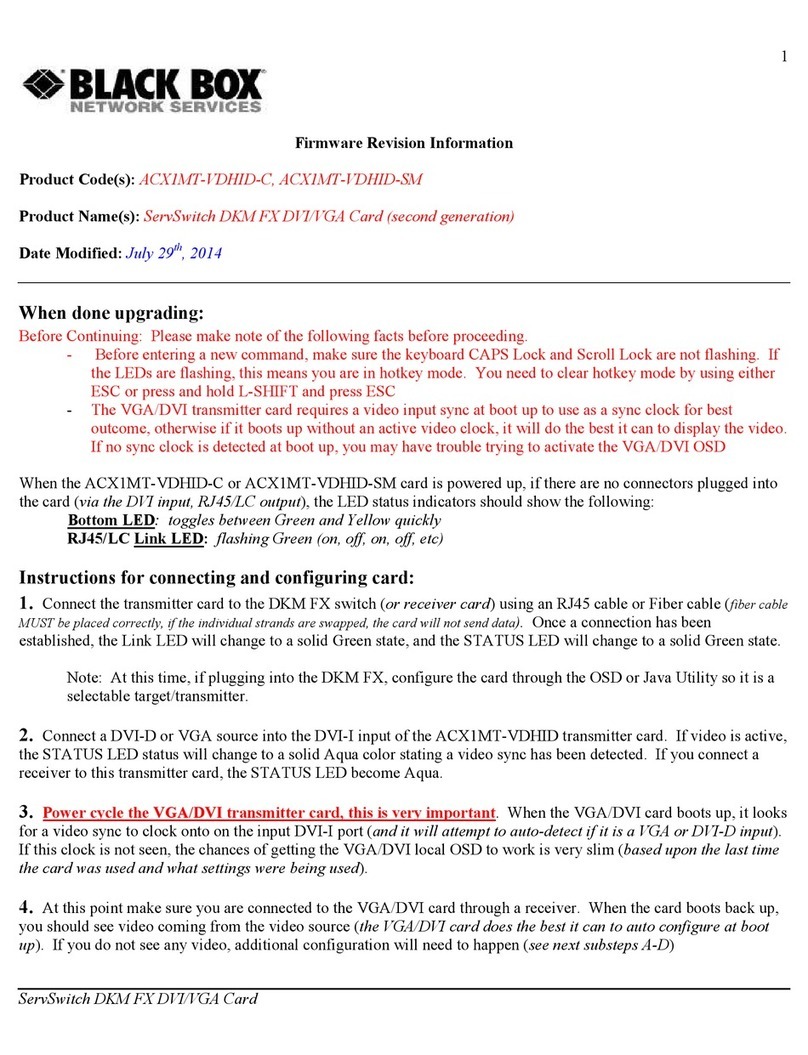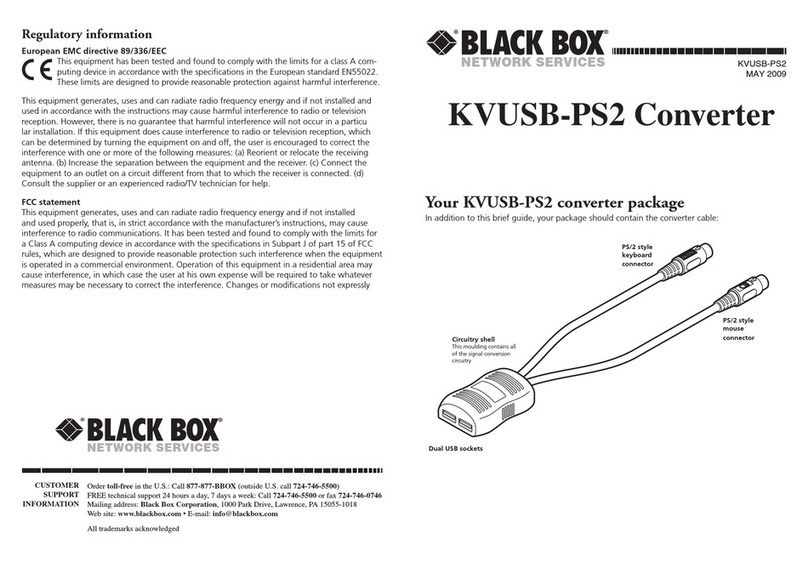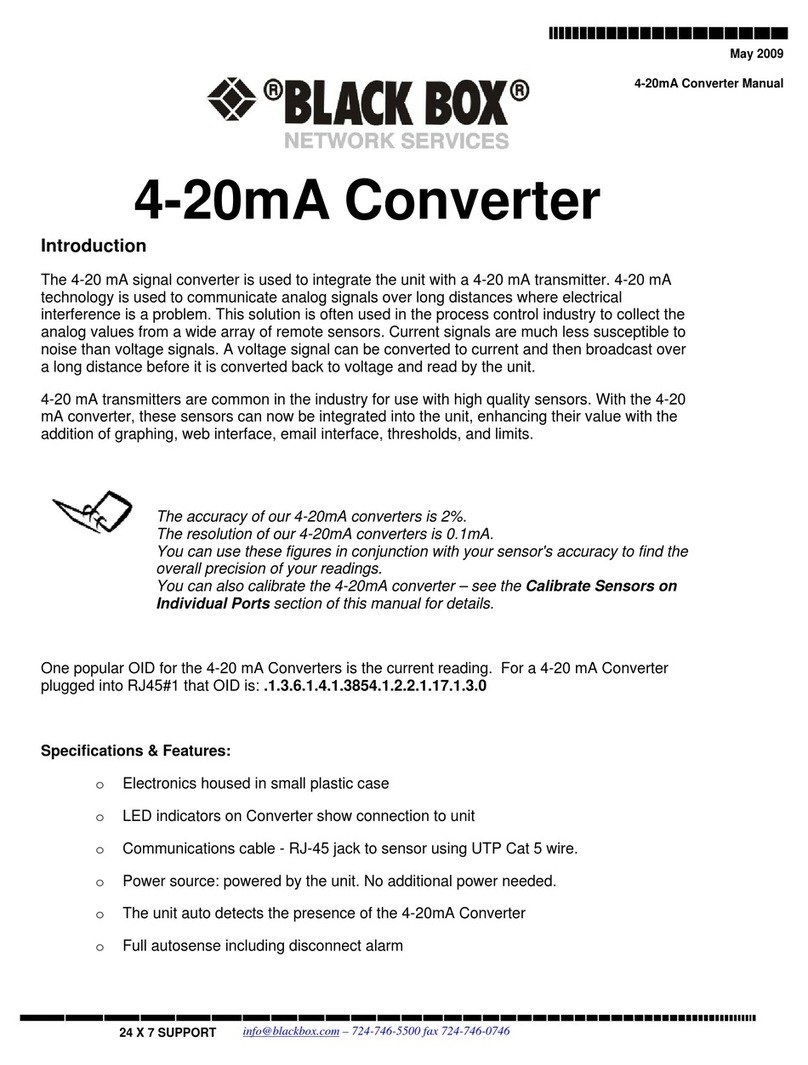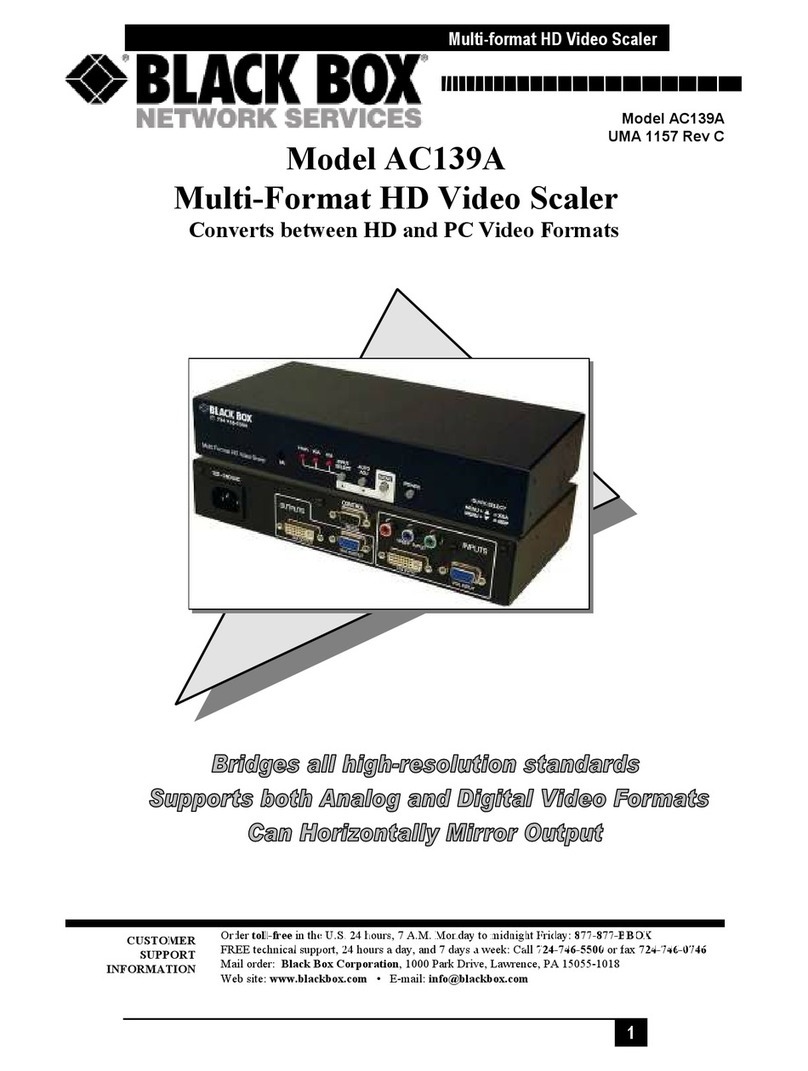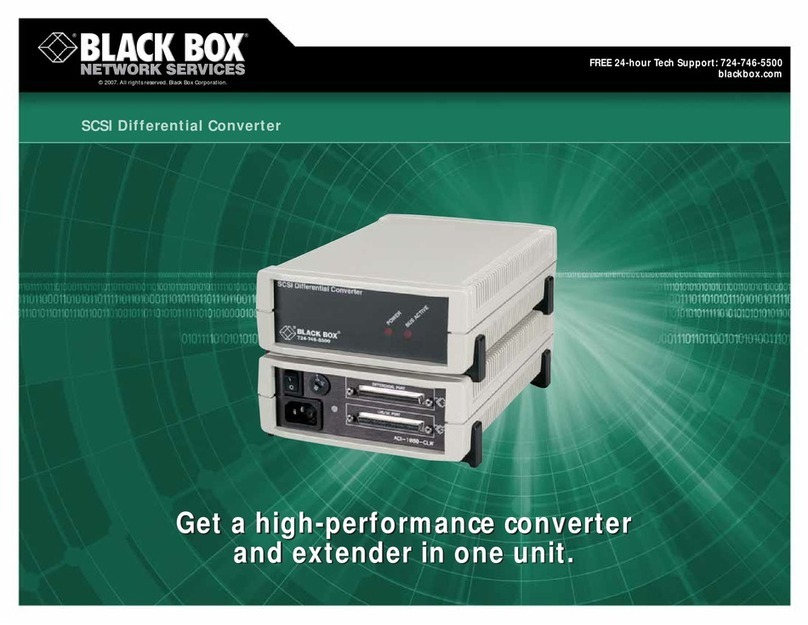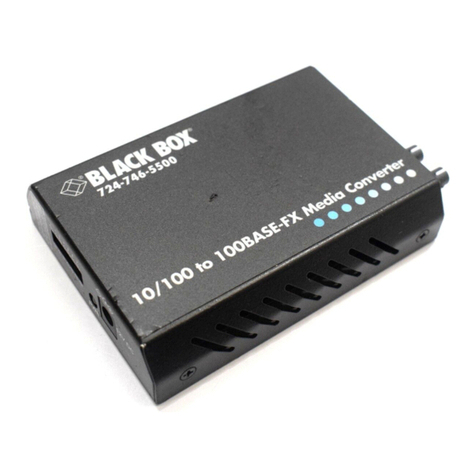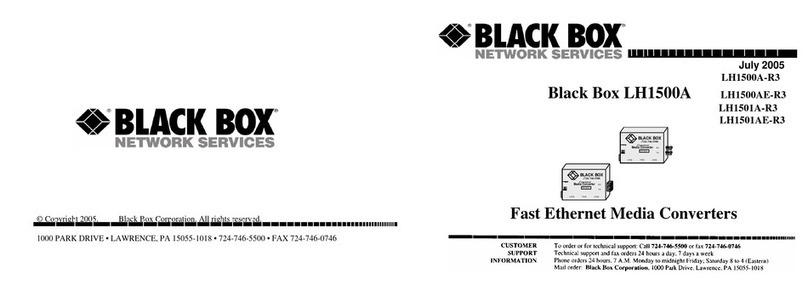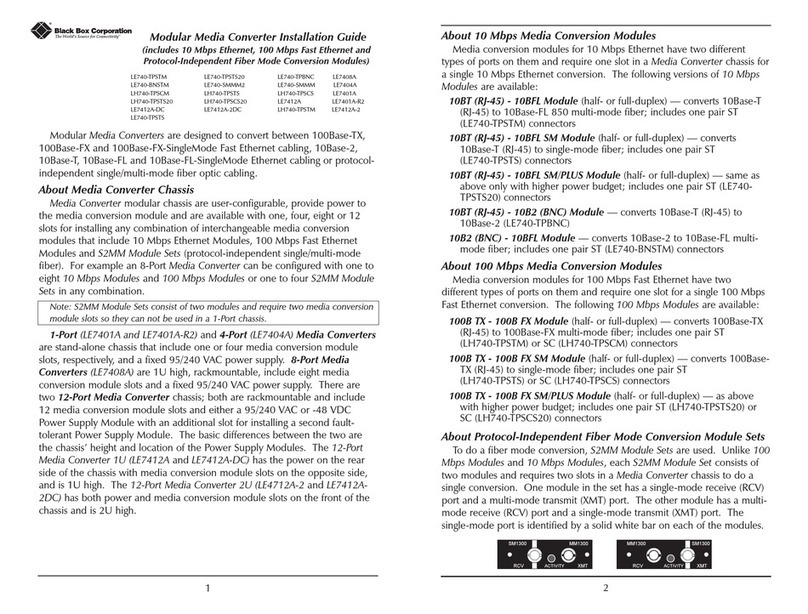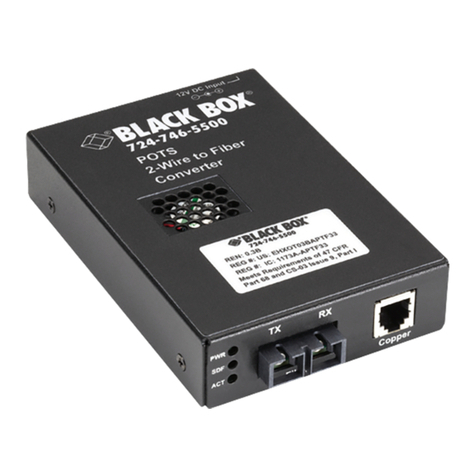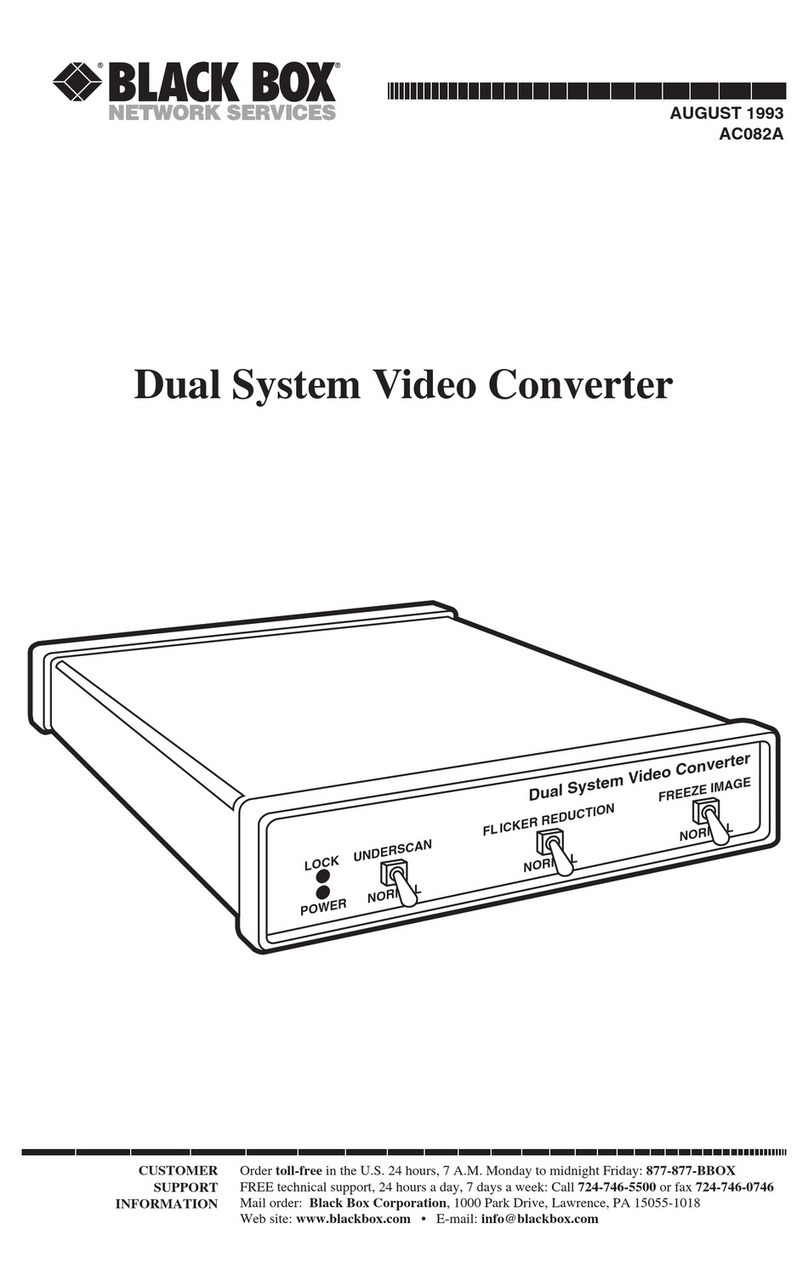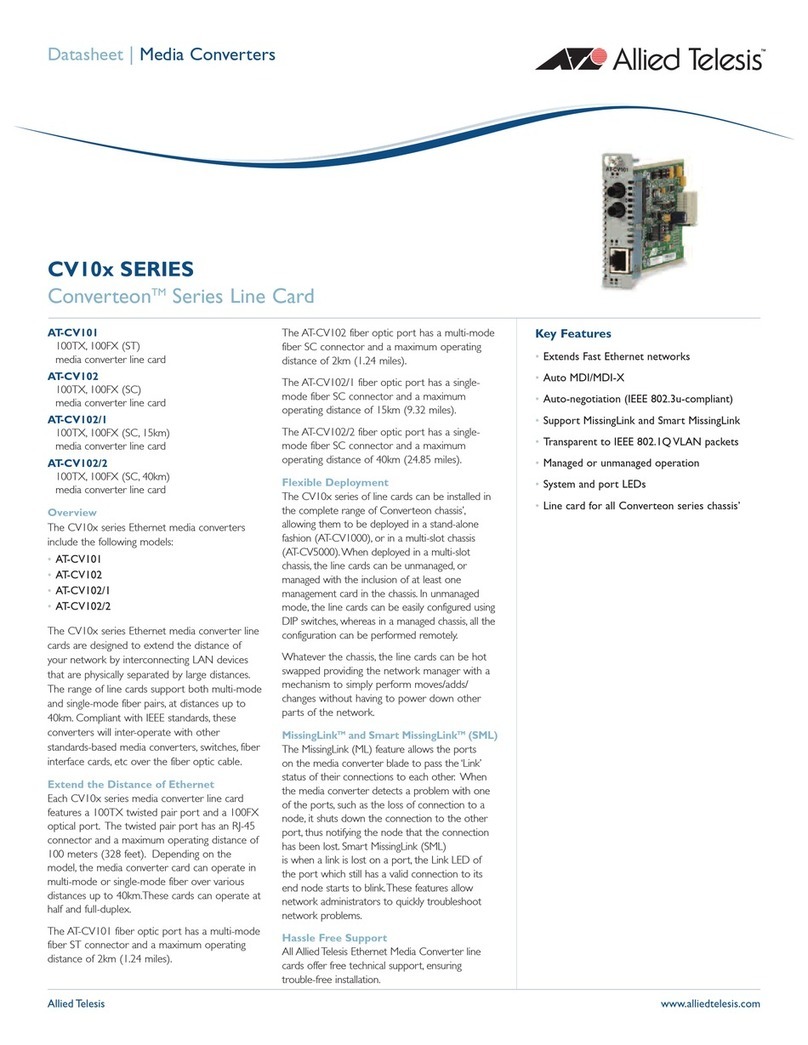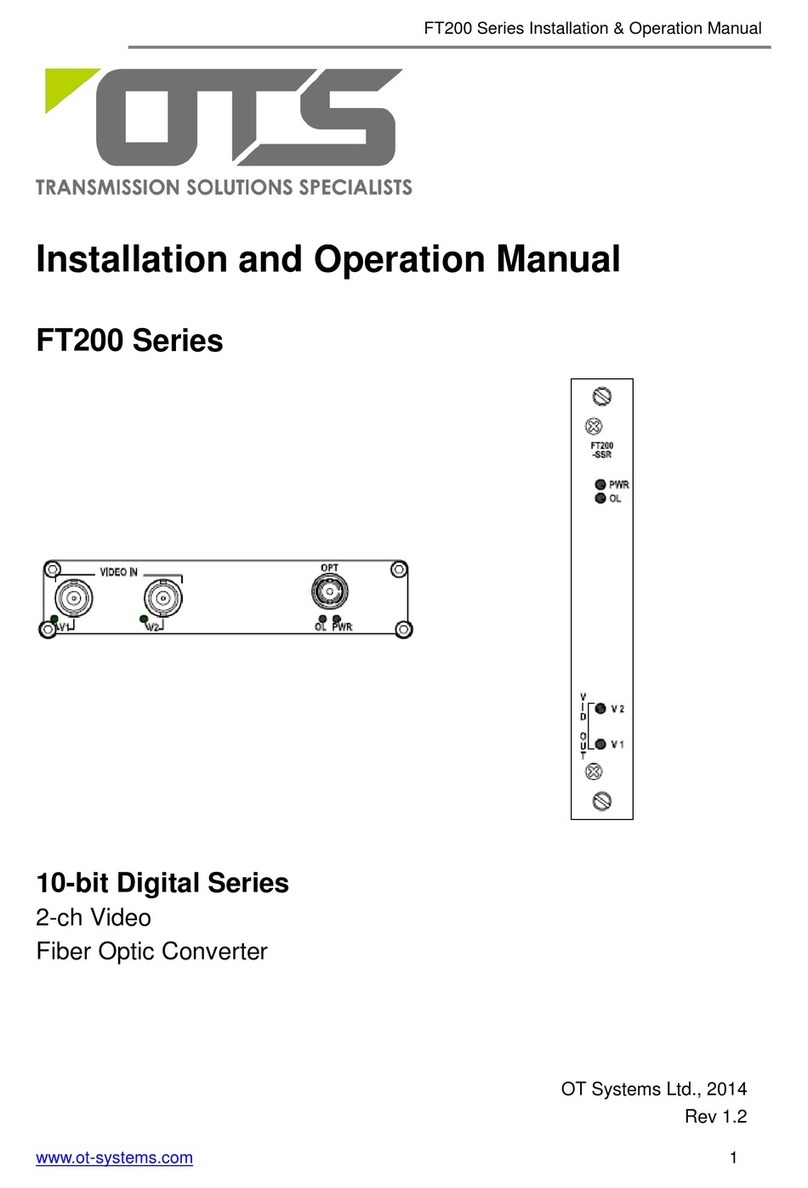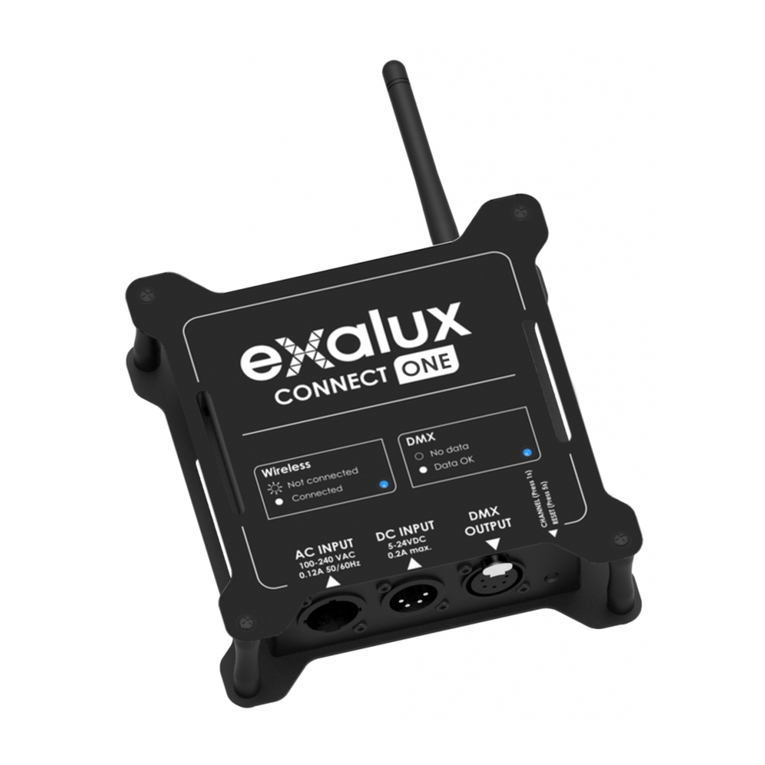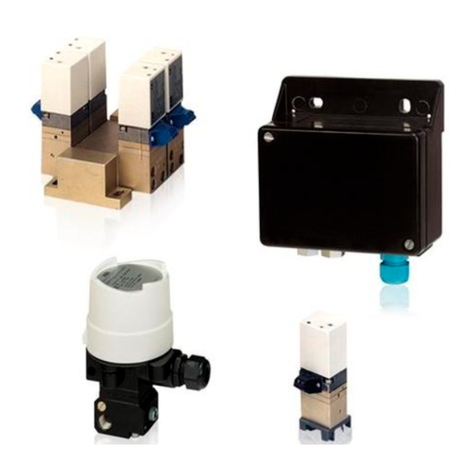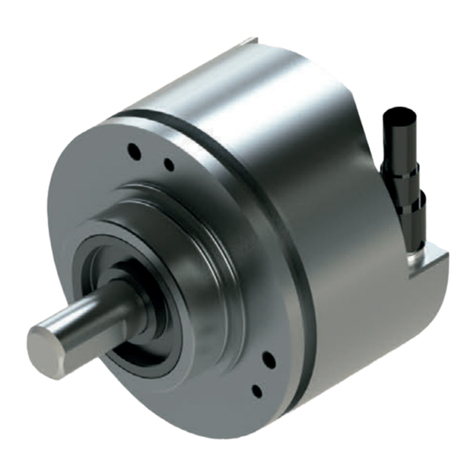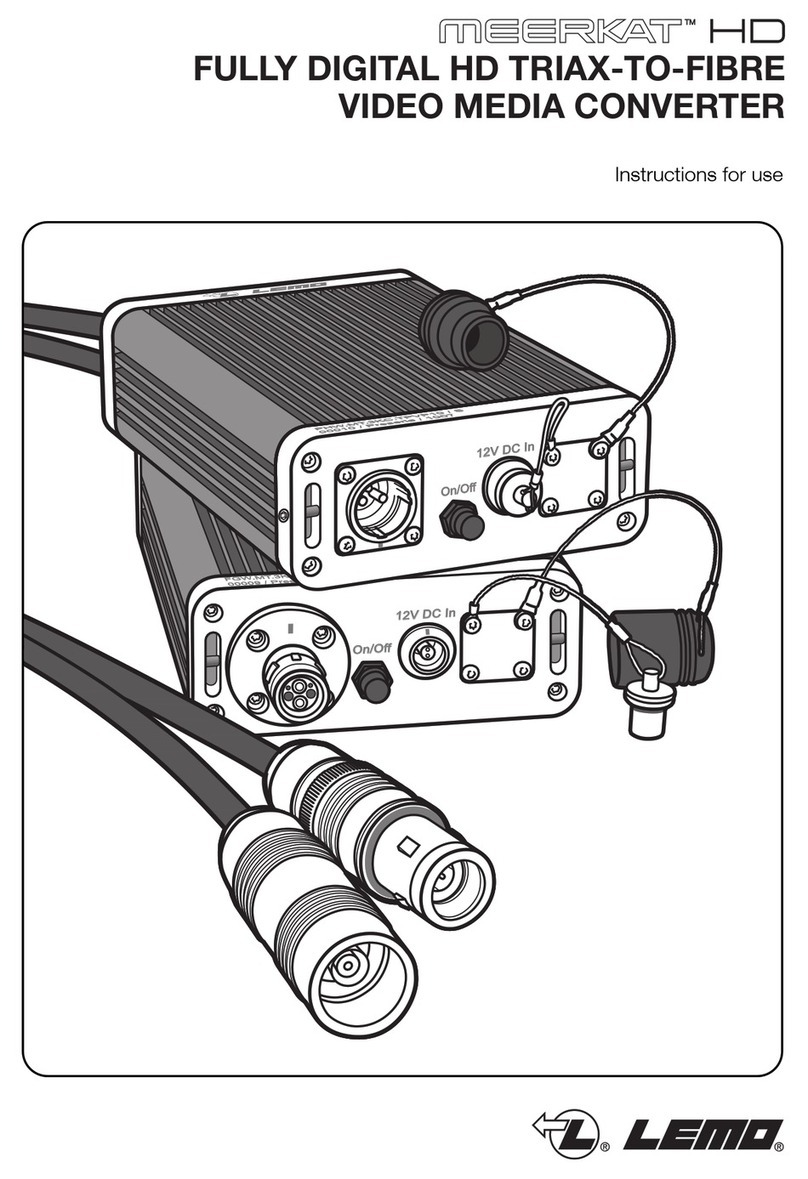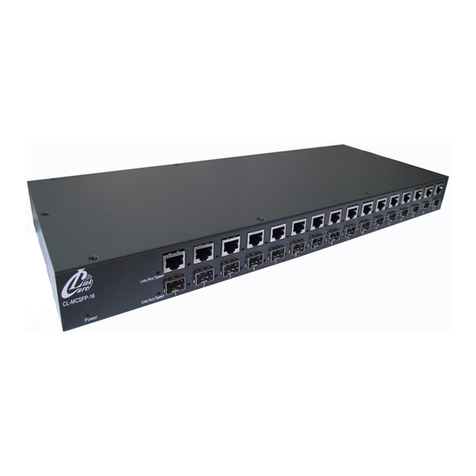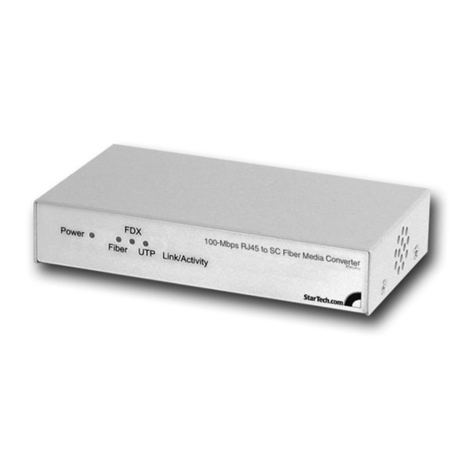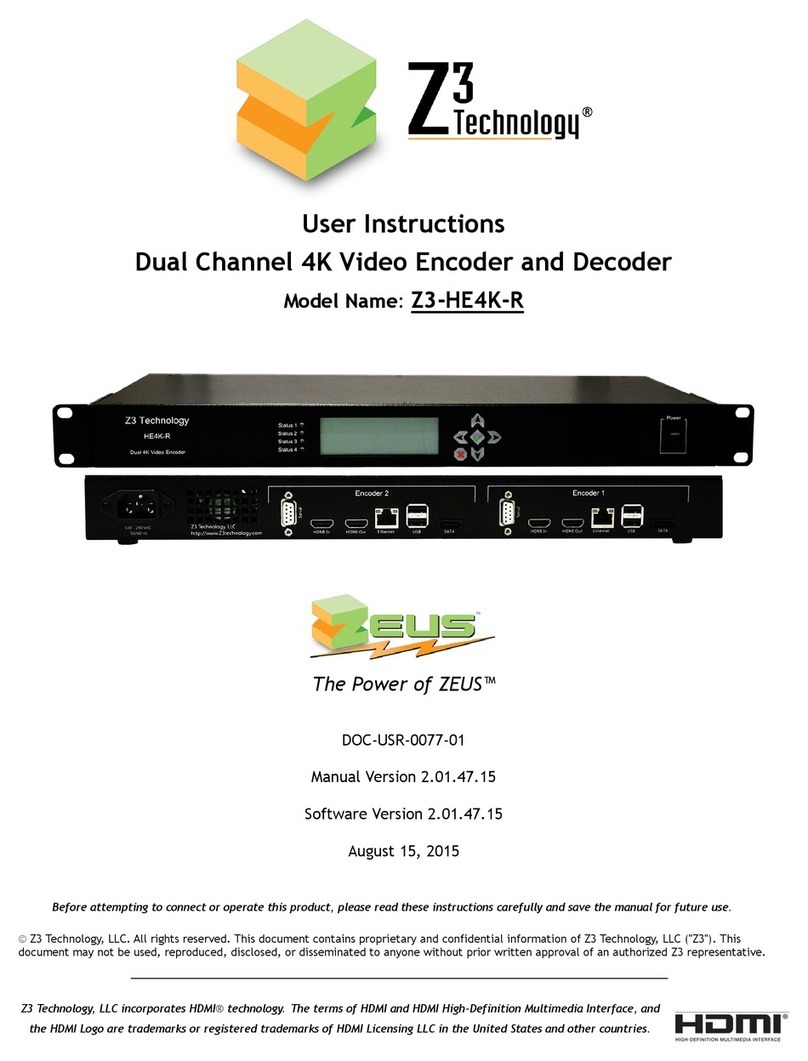FEATURES
• Converts three NTSC or PAL video
signals and one PC input to a signal
suitable for display on VGA monitors
or for use with a video projector.
• Provides full-screen, 24-bit, true-color,
broadcast-quality video.
• Eliminates interlace flicker from video
presentations.
• Compatible with VGA, SVGA, and XGA
signals from any PC or Macintosh.
• No software required.
OVERVIEW
Want to transfer the video from a Composite input (such
as a camera, VCR, DVD, or digital satellite dish) to a computer
monitor? With the Video-to-VGA Converter/Switch, you can
convert an NTSC or PAL video signal to VGA for display on PC
monitors, projectors, or other high-resolution display devices.
The Video-to-VGA Converter/Switch boosts the frame rate
times two by turning an interlaced video signal into what is
known as a “progressive scan” signal. This type of scan creates
a noninterlaced signal that is suitable for high-resolution
display devices.
The converter/switch provides four video inputs: one audio,
two RCA Composite video and one S-Video, all with corre-
sponding stereo audio inputs. The converter/switch also pro-
vides a separate VGA and audio input from a PC that can be
switched to the output. This makes the Converter/Switch
a four-input to one-output switch. The four audio inputs can
follow the corresponding video selection (switched on or off)
or be mixed continuously to the output. Each audio input also
has its own adjustable volume setting, so it’s ideal for balancing
the output volume level regardless of the input selection.
Select any of the inputs using individual pushbutton
switches on the front panel.
You get full-screen, 24-bit, true-color, broadcast-quality
video in its complete glory. Images are sharp and vivid, and
The Video-to-VGA Converter/Switch comes with several
inputs. Here’s a quick reference for their various connector
types, signal types, and any other pertinent notes.
The VGA In input features an HD15 female connector.
It supports VGA, SVGA, and XGA video signals from any PC
or Macintosh desktop or notebook computer. The package
includes one 6-foot (1.8-m) VGA cable with an HD15 male
connector on each end.
There are four Audio In inputs on the converter/switch.
Each one features a 3.5-mm mini stereo jack to support line-
level stereo audio signals. The package includes one 6-foot
(1.8-m) 3.5-mm mini stereo audio cable with male-to-male
connectors.
The two CV In inputs have RCA female connectors. They
support Composite NTSC or PAL video signals.
The unit’s S-Vid In input has a 4-pin mini-DIN female
connector. It enables support for Y/C S-Video and S-VHS
signals.
Just a few more connections…
The Video-to-VGA Converter/Switch has two outputs, one
with an HD15 female connector for VGA and one 3.5-mm
mini stereo audio connector. Plug in your VGA monitor and
speakers to these connectors.
Lastly, plug in the included power supply to the unit’s
power input connector. If you connect a power supply other
than the one that ships with the unit, its output cannot be
higher than 6 VDC.
Technically Speaking: Inputs
text is clear and legible. The converter/switch also eliminates
interface flicker.
If you are using the Video-to-VGA Converter/Switch with
a projector, it can significantly improve the appearance of
projected video images. In fact, the converter/switch reduces
visible line structure seen on large video images that are
displayed when lesser-quality converters are used with video
projectors.
The converter/switch also has a front-panel switch for
enhancing the video input before displaying it on a VGA
monitor.
Use four pushbuttons on the unit’s front panel to switch
between four inputs or via a DB9 female serial port. (The
RS-232 serial port is also used for external PC control and
programming.) The Video-to-VGA Converter/Switch even
features nonvolatile memory to store the selected channel
and performance characteristics.
With VGA, SVGA, and XGA video signals from any PC or
Macintosh®desktop or notebook computer, the converter/
switch requires no software. In addition, it features user-
programmable brightness and contrast controls for video
input.1

